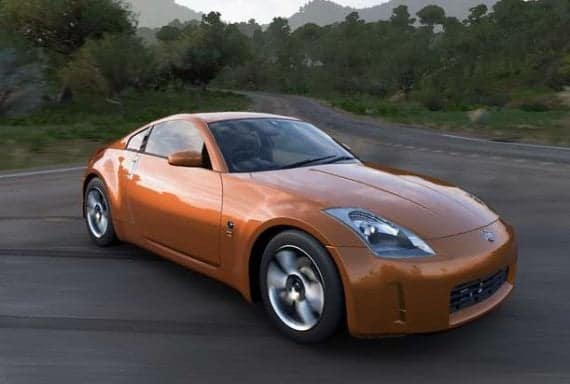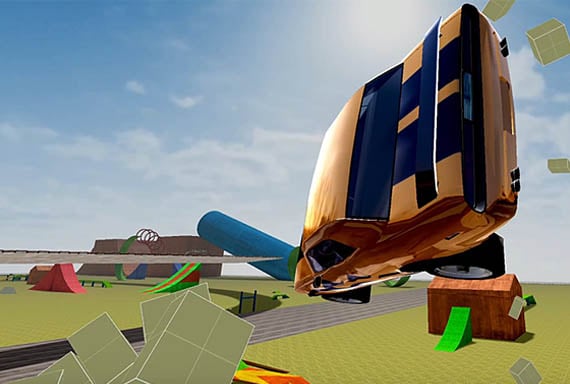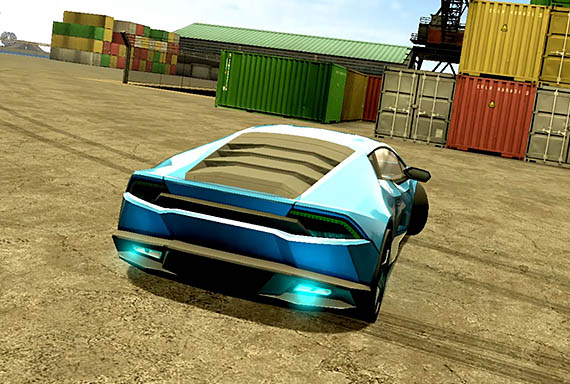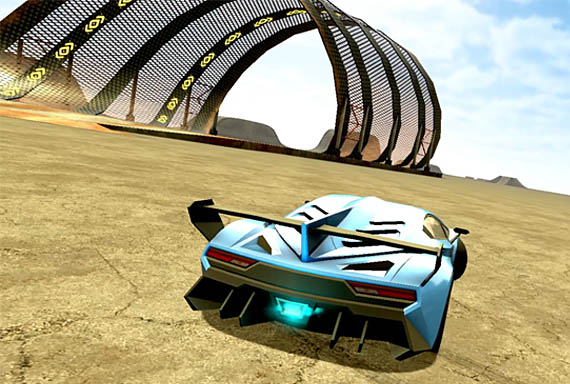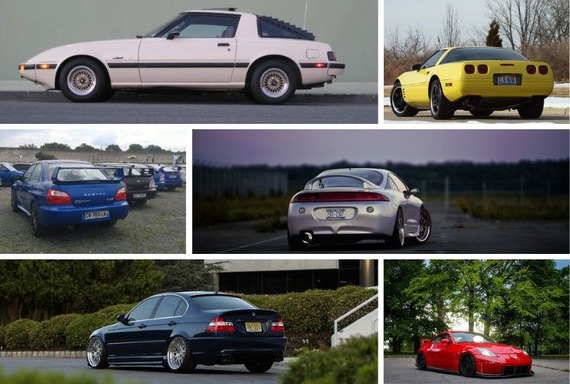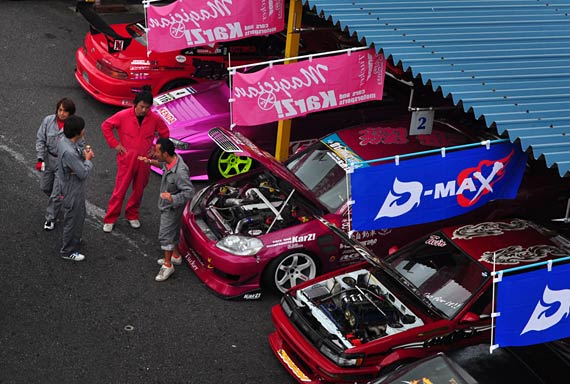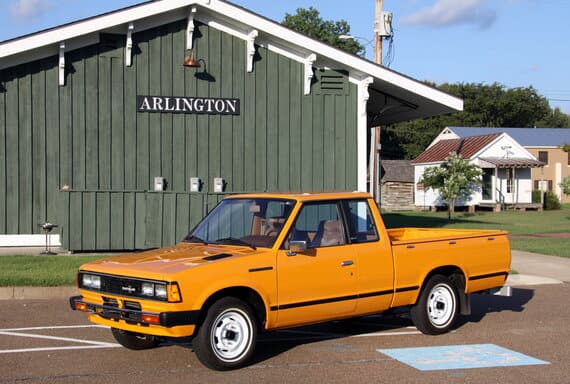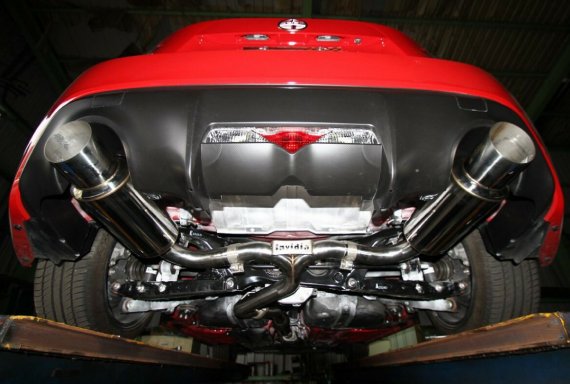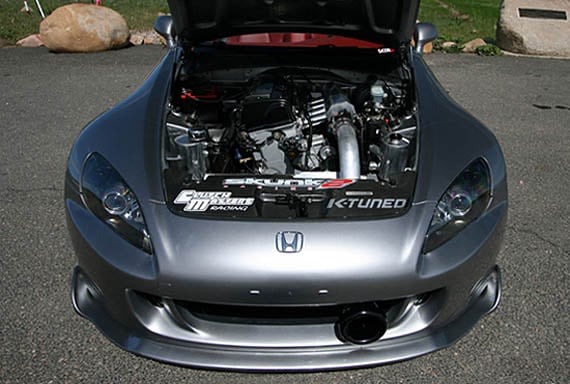Ultimate 1LR-GUE Engine Guide
Lesser-known by its engine code and better known as the eargasm-inducing V10 in the Lexus LFA, we cover everything you could ever need to know about the 1LR-GUE in this guide.
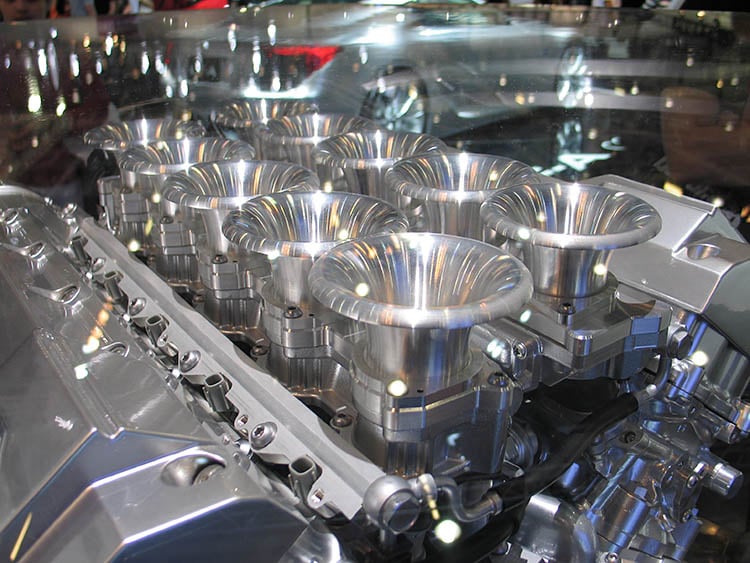
Introduction
From the likes of the Toyota Supra, the AE86, and the iconic 2JZ engine, it was quite clear that Toyota lost its roots somewhere along the way, with their soul-destroying cars like the Prius instead taking the center-stage.
At the same time, Lexus had continued to maintain its reputation, mostly sticking with the huge-engined, gas-guzzling luxo-barges that we’ve grown to know and love over the years.
If you’re looking for supreme comfort, then fear not – Lexus has you covered.
Just as we’d almost given up hope of something unique boiling from within the Toyota camp, and with the press beginning to ridicule the Japanese legends, it was time for a change.
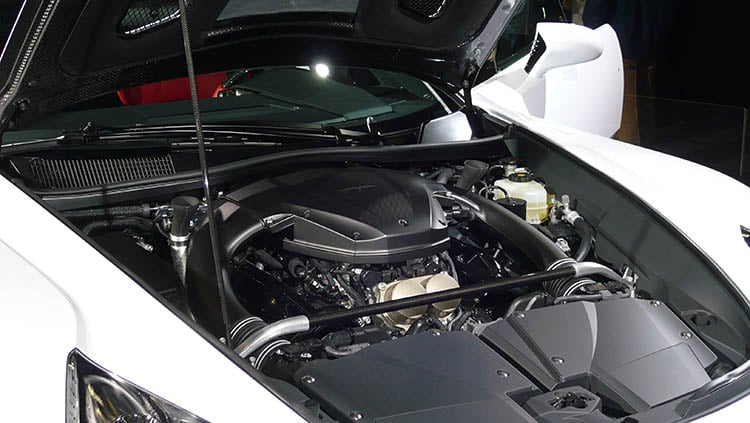
With Jeremy Clarkson publically stating that Toyota had become the “librarian” of the car industry, it was time to push aside the boring, practical, dull cars and make way for something utterly ridiculous.
While people were drooling over the Porsche Carrera GT, stating that it was the best-sounding car on the planet, Toyota, and Lexus, had a trick up their sleeve.
It was time for Lexus to cross the line into supercar territory.
Enter the almighty 1LR-GUE.
Designed in the early 2000s, before appearing as a concept before production began in 2010, Lexus would opt for a limited production run of just 500 LFA’s before ending their plans soon after, in 2012.
With its base price tag of around $375,000, it may seem ridiculous that the LFA was nearly double the cost of some of its most likely rivals, like the tried-and-tested Audi R8 V10.
But, with just 500 models available, it fell to Toyota to personally hand-pick the lucky owners from their insanely extensive pre-order list. Despite this, Toyota lost money with each model sold.
The incredible package blew away everything that anyone had ever expected from Toyota, and notably, Lexus, as they announced the naturally-aspirated 4.8-liter V10, capable of achieving 552hp and 354 lb/ft torque, to the market.
Although you may well be thinking, “These power figures don’t sound all that impressive in the grand scheme of modern-day supercar achievements?” On paper, we agree.
However, the subtle quirks and typically-Japanese touches made both the LFA and the 1LR-GUE somewhat groundbreaking.
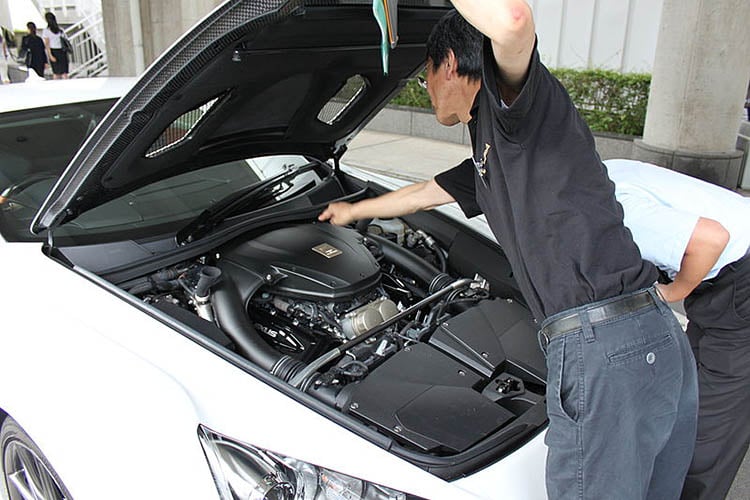
Lexus opted to build the LFA entirely from scratch, and this even included an entirely new dashboard, transmission, interior, gauge cluster, and, of course, engine.
Toyota wanted to get noticed by making this engine as compact and lightweight as modern engineering would allow.
To achieve this, they opted to create a V10 engine whose weight rivaled similar V6’s, combined with a size comparable to a modern-day V8.
And, who better to get on-board with this audacious project than Yamaha?
Best known for their incredible, high-revving, lightweight motorcycle engines, it seemed like the perfect duo to send shockwaves through the automotive world.
Throttle-response was one of their main aims with the 1LR-GUE, which undoubtedly encouraged them to steer clear of the forced induction route by eliminating anything which could potentially provide unnecessary lag.
So, what was the result when you combine one of the world’s highest-regarded carmakers with one of the world’s greatest motorcycle engine creators?
How about a V10 that screams its way from idle to redline in just 0.6 seconds? And no, we’re not joking - it achieves the redline in six-tenths of a second!
Want to know the best part? That redline happens to be at an insane 9,000 rpm!
If you think that that almost defies science, you wouldn’t be far wrong. It enabled Lexus to break the world record for the fastest idle-to-redline production car at the time of release in 2012.
The needle moved up the rev range so fast that Toyota couldn’t fit an analog cluster into the dashboard, as it wasn’t capable of moving fast enough.
Alongside the insane revving times, the LFA’s 1LR-GUE enabled it to propel from 0-60mph in just 3.6 seconds.
If that wasn’t impressive enough, Yamaha still had more to provide to the project.
You’ve probably noticed a Yamaha logo on musical instruments over the years. And no, that’s not a coincidence.
As well as designing motorbike engines, they’re also highly regarded in the musical instrument world, and with their acoustic expertise, the 1LR-GUE became one of the most incredible-sounding engines ever produced.
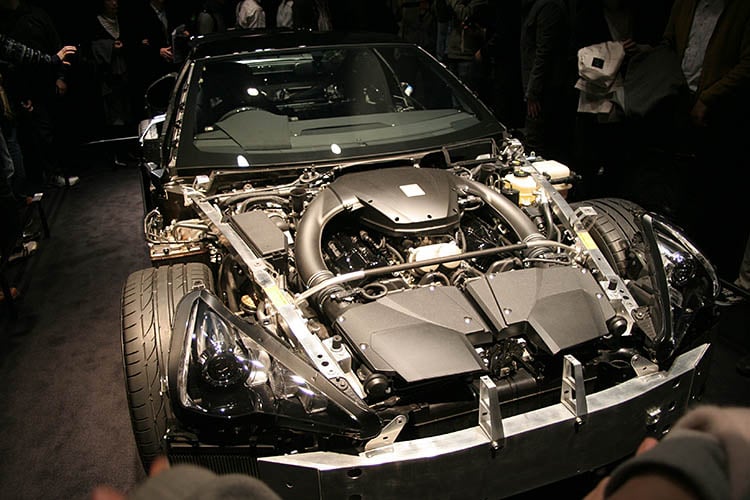
With this, Toyota was once again able to trigger the world press, and this time, Jeremy Clarkson even changed his tune, stating that the 1LR-GUE sounded like “A wild animal that’s sad about something”.
And, despite his previous comments aimed at Toyota previously, he couldn’t have meant it in a more complementary way this time around. (With his unique touch, of course!)
Meanwhile, an engineer described it as “the roar of an angel”, which we find a little more fitting.
We’ll take a further look into the sound of the 1LR-GUE later and what makes it so unique, but we felt that it deserved to have an entire section dedicated to it.
In fact, to this day, the 1LR-GUE goes down as being quite possibly the most incredible sounding engine of all time, particularly for a road car.
Not only is the engine regarded as one of the greatest V10s, but it’s frequently categorized as being one of the most impressive engines of all time.
Don’t believe us? Then check out this video from Throttle House. Guess who’s sealed the #1 spot?
Given that the 1LR-GUE is likely to only ever feature in one car, the Lexus LFA, it’s clear that it certainly wasn’t made with profit in mind, but more as a way for Toyota/Lexus to seal their spot in the history books.
With the low production numbers, it was clear that Lexus knew what they set out to do from the start, and we feel that they certainly achieved that goal.
The Chief Designer of the project started, “What we needed, and what we created, was a car that moved the driver in more ways than one”.
We’ll allow you to draw your conclusions to that quote once you’ve cranked up the sound and enjoyed the drool-worthy videos that we’ll be providing throughout this engine guide.
It’s been ten years since the initial LFA concept, and it’s stood the test of time as one of the most incredible engines ever created.
We’ve barely touched on what makes it so unique, so it’s time to take a more in-depth look into the engine bay.
1LR-GUE Engine Specifications & Information
Almost ten years on, the 1LR-GUE remains as one of the most technologically-advanced engines ever produced.
But, what separates this V10 from its rivals?
The 1LR-GUE wasn’t merely another mass-produced V10 engine like you would find in the Audi R8. It was one of the incredible engineering feats of the automotive world in recent years.
Toyota approached the project with a money-no-object mentality, as the developed brand-new technologies, process, and use of unique materials for this everyday road-legal car.
Lexus set its name in the history books in many ways with the LFA, but it was the engine that truly set it aside from the rest.
Although the 552hp and 354 lb/ft torque and a 0-60 of 3.7 seconds before eventually achieving 202 mph weren’t enough to upset some of the high-powered super or hypercars – that wasn’t the goal here.
Toyota and Yamaha wanted an incredible-sounding, insane revving, naturally aspirated powerplant, with the smallest weight and dimensions they could achieve.
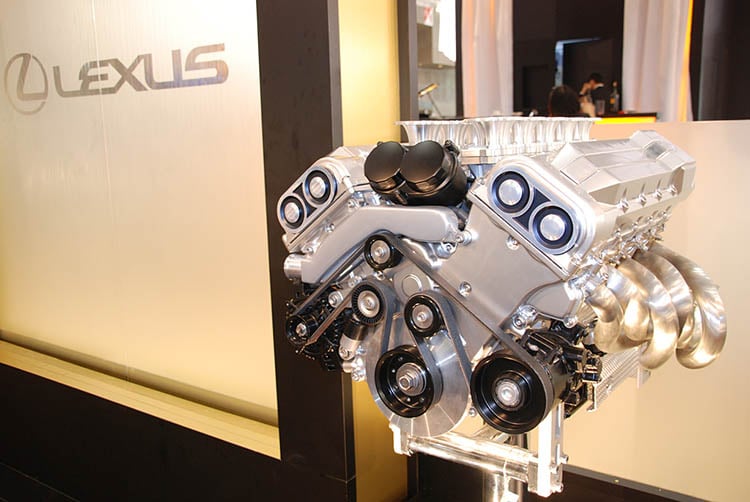
Responsiveness was the name of the game here, and the crazy 0.6-second redline proved this.
Despite the facts on paper not looking overly impressive, they achieved a 7 minute, 14 second lap time at the Nurburgring.
The time set the new record for a car with non-competitive tires, and unsurprisingly, the fastest Lexus ever built.
But, how did they achieve so many incredible breakthroughs when it came to the 1LR-GUE?
The engine has received a heavy dose of motorsport technology, providing an insanely complicated setup made of some of the most impressive titanium and magnesium alloys, contributing to the 40-percent weight saving over an iron equivalent.
With titanium rods and valves, alongside specifically-designed ultra-light rocker arms, they helped the engine achieve its mind-blowing 9,00rpm in 0.6 seconds with a 12.0:1 compression ratio.
Gone was the typically 90-degree setup that we’re used to seeing on V10’s, with a 72-degree layout in its place, which allowed for improved balance on the rotating assembly and allowed it to shed some additional weight while providing the smoothest operation possible.
When it comes to size, this V10 is smaller than the Lexus V8 lineup, with a final weight that can compete with a conventional V6 on the scales.
The 4.8-liter, dual-VVTi featured ten independently-controlled throttle body trumpets alongside a dry-sump setup, which you’d typically only expect to find on race cars.
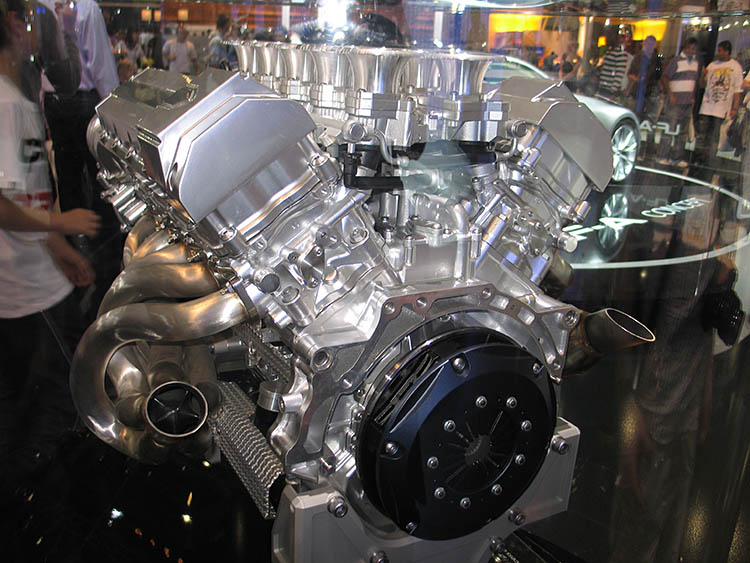
Although this may not seem like a huge deal, with many drift cars opting for dry-sump setups these days, this allowed them to move the engine lower, in-turn lowering the LFA’s center of gravity and allowing for additional G-forces when cornering, which was more than 2G.
The engine sits far back in the bay, providing a front-midship layout alongside a 48/52 front/rear weight distribution.
Weight distribution has been improved further by the transaxle single-clutch six-speed gearbox location, found in a low-mount position near the rear wheels. The twin radiators are also at the rear of the car.
The six-speed ASG (automated sequential) gearbox provides a freshly-designed gearshift actuator for an improved shift feel. There are four selectable shift modes, with a seven-stage shift-speed selector, providing insanely rapid 0.2-second upshift speeds.
Its single-clutch system was met with mixed feelings at the eventual time of release due to most of their rivals opting for a double-clutch system when the LFA eventually reached the market.
When it comes to the body, they’ve once again utilized their state-of-the-art racecar resources to create a carbon-fiber-reinforced plastic composite cabin, which has provided over 100kg in weight-saving over the usual aluminium methods. Once again, providing further benefits to the LFA’s overall weight distribution.
When it comes to braking, as you’ve probably guessed, they’ve only opted for the most lucrative materials once again. The ultimate stopping power comes from utilizing race-spec Carbon Ceramic (CCM) brake discs alongside an Electronically Controlled Braking system.
Why Does The Lexus LFA Sound So Good?
Although not everyone is impressed by the figures that the LFA puts down on paper, we’re pretty sure that there’s a mutual agreement with just about every human being in existence that the 1LR-GUE is up there with the best-sounding engines of all time.
Put your headphones on, crank up the volume, and prepare to allow the harmonious sound of the 1LR-GUE to occupy your soul!
Unlike some V10’s, the 1LR-GUE doesn’t just sound incredible in the upper-revs; it provides a glorious note right the way through the range.
The sound is just another reminder of why Toyota/Lexus, and Yamaha, were perfectly suited for this project.
Not only did Yamaha bring their performance knowledge to the table, but they’re experts in acoustics, too.
Impressively, Yamaha refined the LFA’s engine note the same way they would with an Ovation guitar, which inspired the one-off ‘rib’ design of the intake manifold to provide the perfect sound.
Two separate intakes provide intake acoustics into the firewall from the intake manifold, which provides two different sound levels.
Equal-length manifolds and a dual exhaust system routed through a multi-stage titanium main muffler help provide the ultimate harmony.
To put the materials on the LFA into perspective, the titanium muffler alone will set you back more than the cost of a brand new Toyota Corolla.
You certainly won’t need to be considering an aftermarket exhaust if you’re ever lucky enough to get your hands on an LFA!
Above 3,000 rpm, the LFA bypasses all sound-deadening chambers, straightening the exit route and allowing the 1LR-GUE to scream into life.
The ten-individual throttle bodies provide an intense induction sound, while the exhaust sounds join the party, creating the intoxicating note that we know and love.
Lexus wanted to provide their owners with the ultimate acoustic experience, so they forced both induction and exhaust sounds into the cabin via three individual channels, which provided the ultimate front-row seats to the world’s finest orchestra.
We promised we’d keep firing those eargasm-inducing clips at you, so here’s the next one, remember - volume up!
What’s next for the 1LR-GUE?
Just last year, the internet was alive with rumors after a strange-looking widebody LFA took to the Nurburgring for what appeared to be a testing session.
Admittedly, we got pretty excited too!
However, in 2016, the owner of Lexus Europe, Alain Uyttenhoven, publically stated that there are no plans in the pipeline to build another supercar.
We can’t say we’re hugely surprised, as Lexus ticked off the boxes that they needed to with the LFA, and we can only imagine that they took a pretty significant financial loss with trying to prove their point to the automotive world, too.
It seems that the most likely conclusion to the baffling testing session appears to be that they were testing specific elements for the Toyota GR Super Sport hypercar, or perhaps something along the lines of LC F improvements.
As much as we would be immensely delighted to see a successor to the Lexus LFA or even another Lexus V10, we’re saddened to tell you that if it ever did happen, it certainly won’t be anytime soon.
That’s all from this 1LR-GUE guide, but how could we possibly leave without giving you just one more 1LR-GUE video?
You’re welcome.
If you’re keen to get your hands on a Toyota powerplant, but you’ve realized that the 1LR-GUE is likely to be a little out of your price bracket for this lifetime, why not take a look at our other Toyota engine guides?
We’ve taken an in-depth look at some of the most popular drifting engines, such as the 1UZFE, the 1MZ-FE, the 2GR-FE, and of course, the legendary 1JZ and 2JZ engines.
Thank you for reading our 1LR-GUE guide.
We hope that we’ve covered everything you could want to know about the 1LR-GUE engine.
If you enjoyed this article, then please share it with the buttons at the side and bottom of your screen. If you’ve found this information useful, then please take a moment to share it with other Toyota and LFA enthusiasts. We appreciate your support.
Photography credits
We thank the following entities for the use of their photography in this article:




